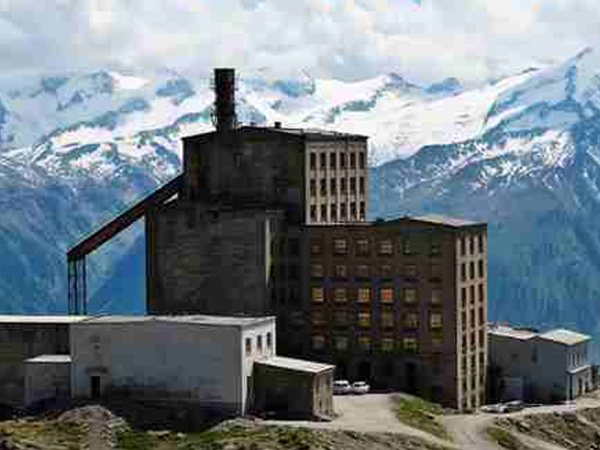Industrial chillers face challenges in high-altitude regions due to low air pressure, reduced heat dissipation, and weaker electrical insulation. By upgrading condensers, using high-capacity compressors, and enhancing electrical protection, industrial chillers can maintain stable and efficient operation in these demanding environments.
How to Ensure Stable Operation of Industrial Chillers in High-Altitude Regions
Operating industrial chillers in high-altitude regions presents unique challenges due to low air pressure, thin air, and significant temperature fluctuations between day and night. These environmental factors can compromise cooling efficiency and system stability. To ensure reliable performance, specific design optimizations and protective measures must be taken.
1. Reduced Heat Dissipation Efficiency
At high altitudes, the air is thinner, reducing its ability to carry away heat from the condenser. This leads to higher condensing temperatures, increased energy consumption, and diminished cooling capacity. To counter this, it is essential to enlarge the condenser surface area, utilize high-speed or pressurized fans, and optimize the condenser's structure to improve airflow and heat exchange under thin air conditions.
2. Compressor Power Loss
Lower atmospheric pressure decreases the air density, which reduces the compressor's suction volume and overall discharge pressure. This directly impacts the system's cooling performance. To address this, higher-capacity compressors or models with larger displacements should be used. Additionally, refrigerant charge levels must be fine-tuned, and compressor operating parameters—such as frequency and pressure ratio—should be adjusted to ensure efficient performance.
3. Electrical Component Protection
Low pressure at high altitudes can weaken the insulation strength of electrical components, increasing the risk of dielectric breakdown. To prevent this, use high-insulation-grade components, reinforce sealing to block dust and moisture, and regularly inspect the system's insulation resistance to catch potential faults early.
By implementing these targeted strategies, industrial chillers can operate efficiently and reliably in high-altitude environments, ensuring stable temperature control for sensitive equipment and production processes.


We're here for you when you need us.
Please complete the form to contact us, and we'll be happy to help you.









































































































